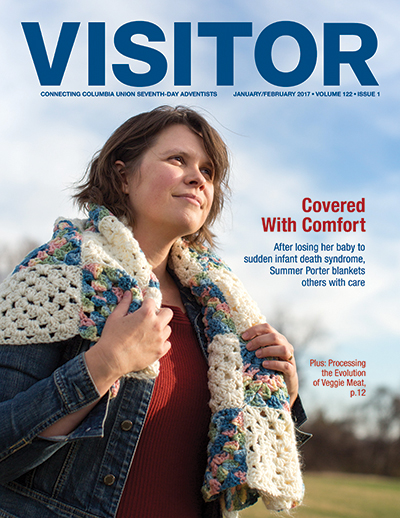Blog by Rob Vandeman
Psalms 69 is written by a man in crisis. The waters of depression and oppression threaten his very life. He suffers at the hands of his enemies because of his devotion to God. The troubles are not specific, which is in keeping with the purpose of the Psalms to provide templates of prayers for later worshippers who have similar, though not identical, issues.




 Story by David Pluviose / Photos by Andrew Shurtleff/AP and Kelly Coe
Story by David Pluviose / Photos by Andrew Shurtleff/AP and Kelly Coe

